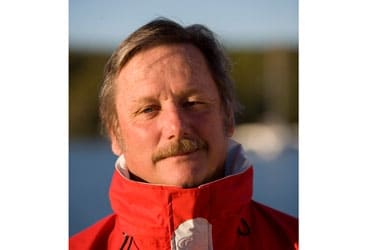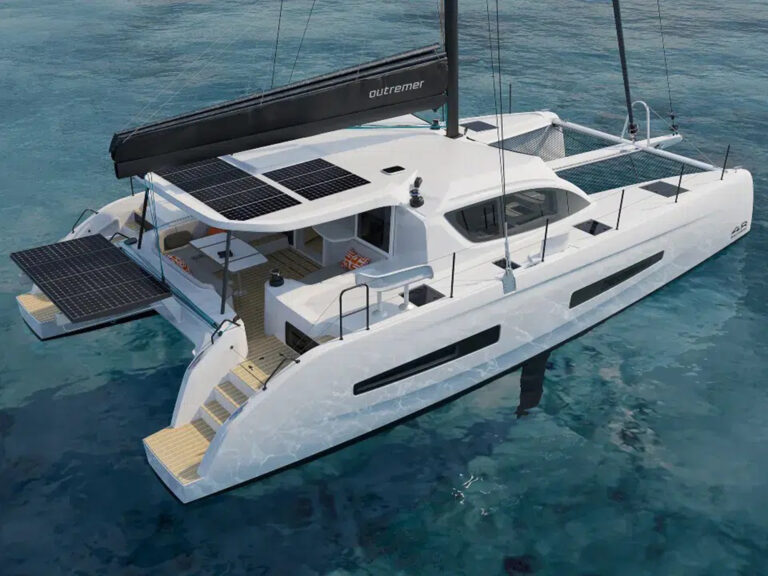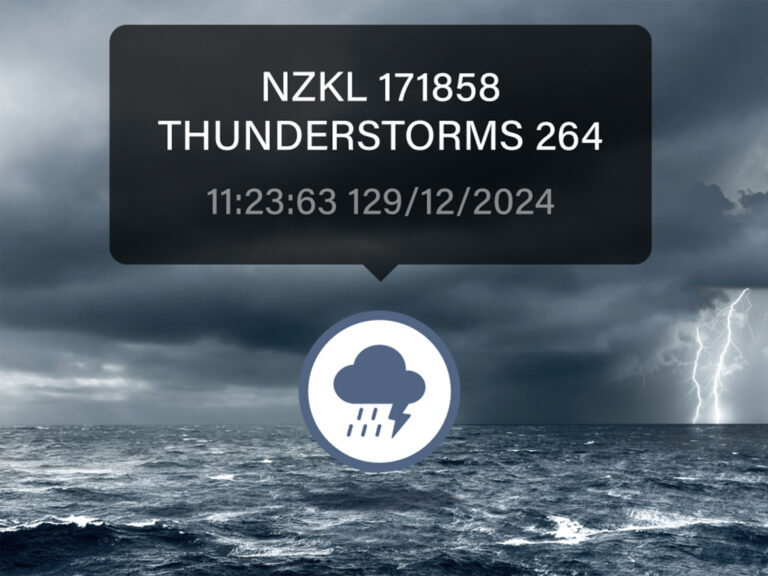
Alvah headshot 368
I broke my own rule by following the advise of a Solomon Island cruising guide that stated stops in the Santa Cruz Islands prior to check-in at Lata on Ndeni are prohibited and will incur huge fines if caught.
With some reluctance we sailed past historic Vanikoro. In 1788 the explorer La Perouse and his ships Boussole and Astrolabe left Australia never to be heard from again. Forty years later European articles found on the remote island of Tikopia were traced back to Vanikoro. It was speculated that the surviving crew, of what must have been a double shipwreck, fashioned a small boat from the flotsam and set sail for safety, apparently unsuccessfully. In 1962 the diver Reese Discombe found the wreckage of the Boussole, solving at least part of an old mystery.
A more recent tragedy occurred on Utupua, which we also reluctantly sailed by. An American couple anchored their yacht and the man dove overboard to check his anchor, as we have all done a hundred times. He was immediately taken by a crocodile, right before the eyes of his unbelieving wife.
By 1500 the day after passing Utupua, we threaded the western reef into Graciosa Bay on Ndeni, named so by Alvaro de Mendana. Twenty-six years after “discovering” the island group and bay, he returned only to die of disease and be buried here.
I note that exact span because 26 years ago I “discovered” the Solomon Islands. I am hopeful that my return will end more fortuitously than his.
Then, I sailed the entire nation west of this province, digging deep and finding many wild and wonderful adventures. I found a fascinating and incongruous mix of the Stone Age and Space Age. I was curious to see how they and I had changed in the interim.
Let me just say that when you end up confined to the vessel for the next two days because the Quarantine Officer has gone bush in search of his witch doctor, the basics remain the same.
Graciosa Bay is exposed and deep. Diana had to hover just offshore as I spent several hours trying to wrest some papers out of the police. The police station is in appalling condition, and reflects a seriously struggling nation. Although officially a port of entry, personnel cuts have left the port without customs or immigration services. The police simply did not know what to do with us. I do not think that stops in the off lying islands would have been harmful, or even illegal given the present state of the bureaucracies.
The joint Australian/New Zealand RAMSI Forces are trying to fill the gaps and keep some police presence, but their team is stretched thin and their mandate temporary. Fortunately, Temotu Province has not experienced the violent upheaval in the last decade that provinces to the west have.
Lata has no charm whatsoever. It is a cluster of wooden buildings festooned in barbed wire, lining a muddy street. Nevertheless, we met some friendly and helpful people.
The bank has no money, of any kind, so we had to ferret out Thomas, the secretary of the Anglican Dioceses. After an hour of negotiation and calculation, he exchanged enough United States dollars for us to buy 80 liters of diesel, which had to be carried via jerry can down the slippery trail, into the dingy, and out to the boat-holding station offshore. I wasn’t sure if the 15-percent surcharge on the exchange rate was rendering therefore to Caesar what is Caesar’s, or to God what is God’s.
We crossed the bay to Shaw’s Cove to find an anchorable depth in front of a run-down vocational school. We hunkered down awaiting our Quarantine inspection. I just couldn’t explain to the flotilla of canoes that descended upon us, or the gaggle of excited children who swam out to see us, why they were officially not allowed on the boat until our yellow flag was struck.
Finally, I dropped the lifelines and let them on. The Q man eventually showed, and by the book confiscated our fresh vegetables and borrowed our own spray to fumigate the bins. Not to belittle the efficiency of his “custom medicine,” but I just had to treat a tropical ulcer on his leg with antibiotic powder and wrap it in clean bandages.
Diana noted that we had “crossed a line” in several ways. The artistic crafts are distinctively different from Vanuatu, the canoes are without outriggers and of superior design, and the national pastime of kava drinking has been replaced with the incessant chewing of beetle nut. Every man, women, and child old enough to get their teeth through the hard inner fruit of what resembles a miniature coconut spends a good deal of their day, psychic energy, and money going through what most outsiders consider a disgusting ritual.
The extremely bitter nut is chewed to a pulp. To more efficiently extract the natural narcotic, a special leaf is licked, dipped into a carved vial of lime powder and sucked. A fountain of blood red saliva explodes from their mouths, dribbles down their chins, and stains their teeth black and their lips flame red. Lata alone has more spittle than the great states of Alabama and Georgia combined. The ground and floors in public areas are speckled terracotta. Over the years, the lime corrodes their teeth to such an extent that the few teeth left hanging in the mouths of the old men actually sway in the breeze of conversation.
We came here with a focused purpose. Diana loves textile arts, and fine weaving in particular. Years ago, in the Pacific Islands wing of the Auckland Museum, Diana saw a weaving so fine, with a pattern so unique and intricate, that she turned to me and said, “Take me to the Santa Cruz Islands.”
I did, and not a year too soon, for in a small village south of Lata we tracked down the last two weavers. Brothers David and Paul Meplu, using ancient back-strap looms, are the last of a long line of skilled artisans. Their fine banana fiber baskets sent Diana into a near delirium of delight. We photographed them at length, Diana discussing every technical detail. They were so flattered by her sincere interest that they tried to give her two baskets, representing at least a week’s toil and substantial financial loss. To not offend them we struck a deal of accepting just one, then showered them with gifts the next day when they brought their lovely families to the Roger Henry for a visit.
The word extinction conjures up images of the wooly mammoth, grey whale, or the dodo. But in that tragic litany of loss there also lie these gems of cultural expression.
Next week we head to the famed and feared Swallow Islands.








